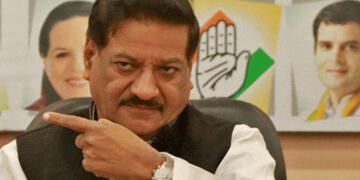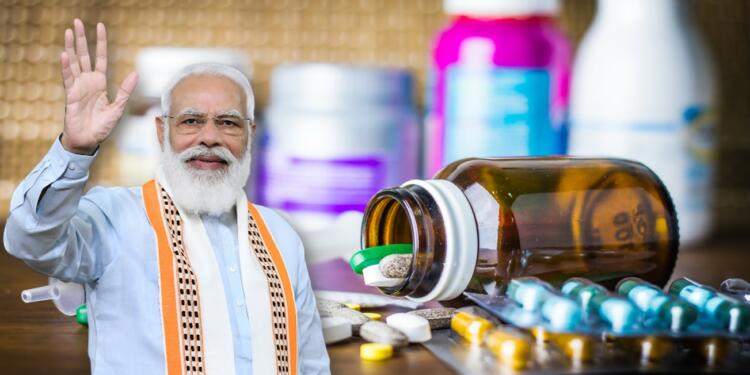Prime Minister Modi is a man of big actions and he believes in making unprecedented decisions that can single-handedly change everything. Now, PM Modi is bringing in another gamechanger- QR codes on medicine wrappers. This single decision can transform India’s pharma industry and drive out the menace of fake medicines.
How big is the fake medicines industry?
Since the start of the Pandemic, India has been trying to become totally self-reliant in the pharma sector. It has been trying to cut its dependence on China for raw materials, active pharmaceutical ingredients and key excipients used in manufacturing essential drugs.
Read more: Modi government expands API scheme to kick China out of the Pharmaceutical sector
But the local pharma industry presents a challenge of its own. Domestically produced generics have often been found of failing quality tests. As per a 2017 World Health Organization (WHO) report, “About 10.5% of medicines sold in low and middle-income countries, including India, are substandard and falsified.”
20% of all pharma products sold in India are counterfeit
As per a report released by the United States Trade Representative (USTR) in 2019, almost 20% of all pharma goods sold in the Indian market were counterfeit.
The report stated, “In particular, China and India are reportedly leading sources of counterfeit medicines distributed globally. While it may not be possible to determine an exact figure, studies have suggested that up to 20 percent of drugs sold in the Indian market are counterfeit and could represent a serious threat to patient health and safety.”
Apart from fake medicines, there is also an issue of substandard quality. According to a government report, 3 percent of medicines are of substandard quality. This problem was in the limelight when the government launched its Jan Aushadhi initiative, in which five medicines were reportedly recalled within a span of 20 days due to quality lapses.
Fewer test laboratories make it difficult to ramp up the testing of medicines in the country and filter out fake or substandard products.
QR codes- an amazing solution to fight counterfeit medicines
Now, the latest government move making it mandatory to put QR codes on Active Pharmaceutical Ingredients (APIs) used in medicines can help India overwhelm the menace posed by counterfeit medicines. The new rule will come into force from January 1, 2023. The QR codes will contain manufacturer and batch number information. Expiry and importer information will also be available in the QR codes.
The new system will make it easier to differentiate between genuine and counterfeit drugs much easier. The QR codes will make tracing the pharmaceutical firm easier and authorities will also be able to check if there was any tampering with the formula, the place of origin of the raw material and its destination.
The government understands that the menace of counterfeit and substandard medicines is rooted in APIs. And therefore, it is using technology to monitor the APIs sector itself. The Drugs Technical Advisory Board (DTAB) had already approved this proposal in June 2019 and now the Modi government is effectuating it.
This is a game-changer on the Modi government’s part. The use of technology in the pharma sector is going to safeguard the health of Indian citizens while also bolstering the country’s reputation as the ‘pharmacy of the world’.































